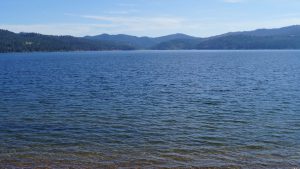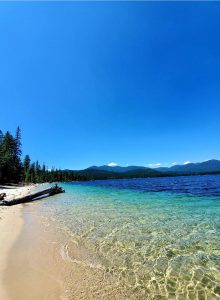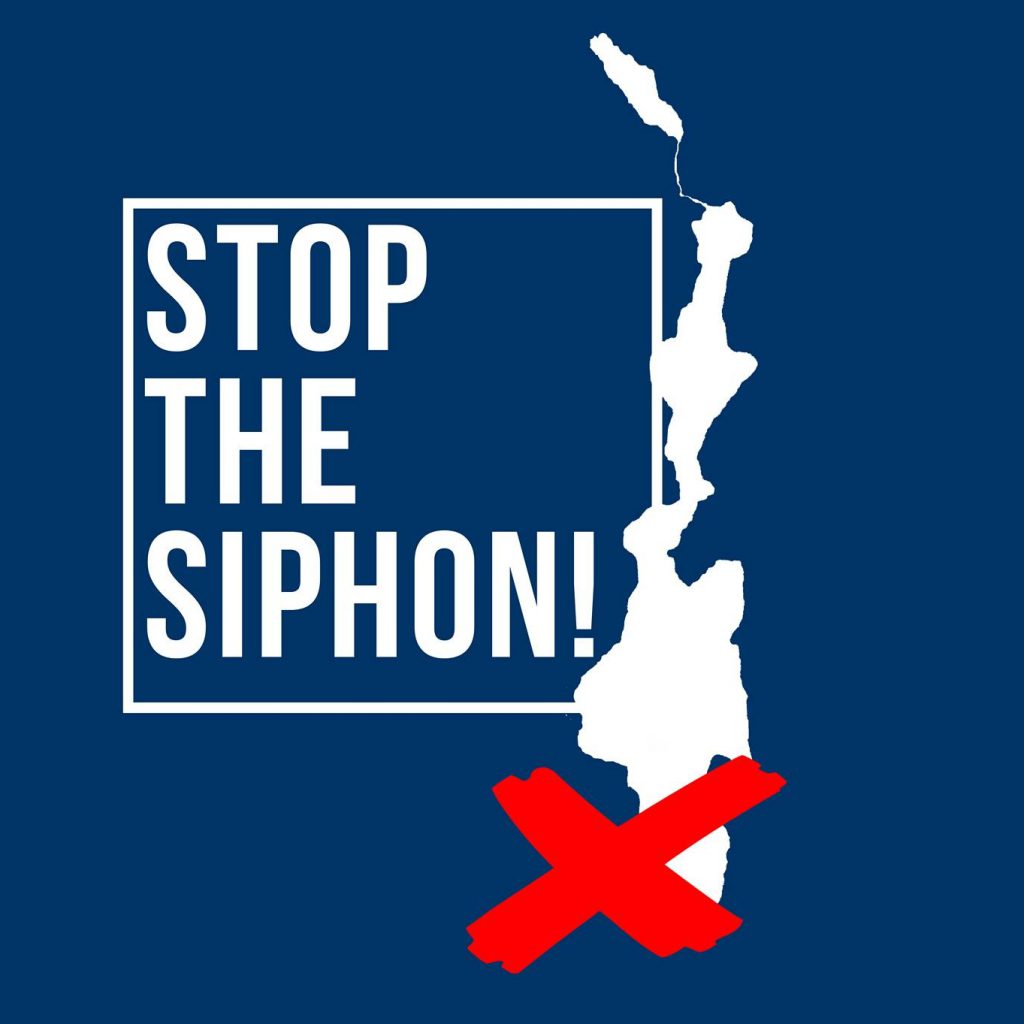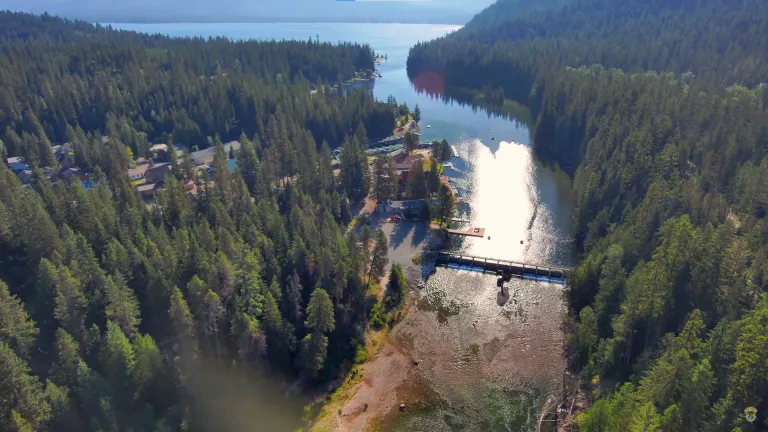
Priest Lake is one of a handful of Pristine Lakes left in the United States.
We believe that a one-off study, to assess the potential ultimate impact resulting from decades of mining of the hypolimnion, will not be able to come close to assessing any unintended consequences nor the long-term impact the siphon will have on Priest Lake. 
The limnology study, commissioned by IDFG, only measured one summer (2020) and assumed stasis. Over time problems have occurred, with cold water by-pass systems, in several North American lakes, multi-year droughts, heat domes, the continuing impact of climatic changes, global warming, along with the impacts of fires and large-scale logging, coupled with increased hypolimnion withdrawals and reduced winter recharge, all generate negative impacts on this resource over time. These factors can and have, in other lakes and reservoirs, resulting in the warming of the hypolimnion as well as creating other devastating impacts to their overall thermostructure and fishery.

“Coldwater delivery schemes based on pre-bypass conditions will be overly optimistic. One of the riskiest operating strategies is to have an overly optimistic projection for late summer cold water supplies and to run out of cold water before the temperature-sensitive life-history stages (of the thermostructure) have been completed …. running out of cold water can result in a sudden increase in downstream temperatures.” -Water Resources Research, Vol. 40W05204
This, at a minimum, would fish kill downstream and have a higher fish mortality should an adverse event occur.
“… managing impoundments is often a balancing act between seemingly disparate goals of achieving optimum condition above or below a dam, with undesirable consequences often occurring if the focus is disproportionately on a single goal.” -Lake and Reservoir Management 22(3): 223-232,2006.
The siphon project is disproportionately focused on the single goal of transporting cold hypolimnion water for miles downstream, to achieve a targeted temperature. It does not consider thousands of variables, many of them negative. There are also significant potential longer-term negative environmental consequences if the project is implemented. The only authentic way to ascertain if these unintended consequences would occur is to build the siphon and wait to find out!
We, the stakeholders of Priest Lake, are the ones that will be directly impacted by the implementation of this decision.
We refuse to accept this risk!



Why isn’t the IDFG looking at restoration of the river bed. Dredge out old holes that have filled in due to sedimentation from years of logging and mining. A deeper channel with deep fishing holes would run colder and allow improved fishing and spawning beds.